|
Just because a big box store or local hardware store has items on the shelf for you to purchase does not mean that they meet the latest and greatest Building Code. The codes are updated and change every three years. Some of the items that are offered in stores that do not meet code are as follows: 1. Ionization sensing only smoke detectors. 2. Photo eye sensing only smoke detectors. 3. Accordian drain pipe 4. S-traps Ionization Smoke Detector Ionization sensing detectors can very quickly respond to the smoke made by rapidly flaming fires. An example would be Christmas tree on fire in the living room. Photoelectric Smoke Detector Photoelectric smoke alarms will respond to smoke made by slow smoldering fires. An example would be a cigarette in a couch. The need to have both types of sensing ability in a detector is recommended by US Fire Administration and also required by building codes. 'Because both ionization and photoelectric smoke alarms are better at detecting distinctly different yet potentially fatal fires, and because no one can predict what type of fire might start in a home, the USFA recommends that every home and place where people sleep be equipped with either (a) both ionization and photoelectric smoke alarms, or (b) dual sensor smoke alarms (which contain both ionization and photoelectric smoke sensors).' You will see devices on the shelves of the local home improvement stores that are ONLY one or the other. The best ones to have are the dual sensor alarms. Be sure you are buying the correct ones. Don't forget to replace any device that is older than 10 years old and change the batteries annually in devices that are powered by 120 volts. Also, ensure that you have a working carbon monoxide detector on each level of the home as a minimum. Accordian Drain assembly These types of drains allow a few things to happen for a home owner. One, it shows that the plumber you hired is NOT licensed or doesn't care about how a drain looks much less works in the future. Two, it allows a home flipper to get a project done quickly to put the home back on the market without all those pesky inspections. Three, and most importantly, it allows for gunk (yes, that is a term) to build up on the ribs and clog the drain. Code clearly states that SMOOTH WALL PIPES shall be used in drain assemblies. S-trap assembly (left) vs P-trap assembly (right) The purpose of a trap is the make a seal to prevent sewer gases from backing up into the home. There have been several types of traps used over the years. We will focus on just one of the types today. Use of "S" Traps is both illegal and obsolete as plumbing fixture traps where a "P" trap is required. While not every S-trap will cause trouble, enough of them do that they are prohibited in new construction and remodeling. Careful planning and layout can allow for proper trap and drain installation. S-traps are often found in older buildings where there is no venting provided for that plumbing fixture. Keep in mind that bathroom facilities were not always inside the home. So what's the trouble? S-traps easily lose the water from the plumbing trap, especially if the S-trapped fixture is near a toilet or other large plumbing fixture like a dishwasher or clothes washer. When the larger fixture is draining, the sudden, large volume of water going down the drain creates a vacuum in the drain line that can siphon water out of the nearby plumbing traps. When an S-trap has lost its water seal, sewer gases pass into the building. Not only does sewer gas have a terrible smell, but did you know that it can also be explosive? Sewer gas is methane. Methane is lighter than air. It will rise into the home. It is usually very easy to change a S-trap to a P-trap or even add an air-admittance-valve (AAV) when allowed by local code. If you have questions don't hesitate to contact me. I am always here to help with your home inspection needs in Waverly, Waterloo, Cedar Falls and surrounding areas. Consulting on individual issues like these is available.
0 Comments
As a home inspector I see all kinds of homes - all sizes, all ages, all conditions. One of the largest SAFETY issues that I report on has to do with smoke detectors. A large percentage of homes either don't have them where they are needed or they are too old and wouldn't work anyway. We can do better. WE MUST DO BETTER! This post will be written in simple and blunt wording. Below is a link to a video from a newscast that shows a real world test on smoke detectors. In the beginning of the video the newscaster introduces the story by saying, 'we all have smoke detectors in our homes.' As a home inspector I can tell you for a fact that "ALL" is not a word that I would use to describe reality in our homes. In fact, smoke detectors are either missing where required or just too old to work in the overwhelming majority of the homes that I inspect here in the Cedar Valley. Take a look at the video and then keep reading. In the video, notice the three types of smoke detectors and the time it took to sense the fire. Keep in mind, THESE WERE WORKING SMOKE DETECTORS! As the video states there are 3 types of smoke alarm sensors: ionization, photo-eye, and combination photo-eye/ionization. Rough Costs: Ionization (least expensive and detect fast burning) $5 to $10.00 Photo-eye (mid-priced and detect slow smoldering) $20.00 and up. Combination or dual sensing (most expensive BUT MOST EFFECTIVE) $30 and more. In the video notice how quickly the dual sensing unit responded. Notice how LONG it took the cheap ionization detector to respond to a slow smoldering fire. The smoke would kill you before the flames ever do. Updated national building codes REQUIRE dual sensing detectors. Only 10% of the homes in America have a dual sensing device. Codes are updated for a reason. Thirty or forty years ago when homes were made of natural materials the time to evacuate a home was about 15 minutes. Today, due to many man-made materials we have about 3 minutes to get out of the house. For example, there is a reason that the fire department will NOT enter a home to fight the fire once it is confirmed that everyone is out safely. The floor structure of a newer home is made of materials that rely on glue and high pressure to bond layers of wood together during the manufacturing process to make the individual joist members and plywood as opposed to the solid wood floor joists many years ago. Once the glue reaches a high temperature it simply melts and the system fails. There is no warning. There is no sound. Tests have shown that a manufactured floor system can fail in as little as four minutes. For this reason get as much time as you can to evacuate the home. Use devices that detect slow smoldering fires. It takes several minutes for a cheap detector to sense a fire, several more minutes for you to call 9-1-1, several more for the fire department to show up to even begin to look for you. Television shows make it all happen before the next commercial break. It doesn't happen this way. Realistically, you have only the time OF A COMMERCIAL BREAK to get out safely. "Buy" yourself that time. Get dual sensing smoke detectors. To make matters worse, most of the detectors I see in a home are either not working due to the batteries or the device is older than 10 years old. Yes, detectors do wear out and need to be replaced. While pushing the test button on the device MAY activate the alarm to sound it is NOT an indication that the "sniffer" on the device is functioning. Below are some diagrams on where to install smoke detectors, carbon monoxide detectors (CO) and fire extinguishers. Notice, MORE THAN ONE SMOKE DETECTOR is required per floor with livable space. If you have bedrooms or livable space in the basement you would need to follow the same requirements as the other floors. In the video these test results even made the fire fighter conducting the test change his own detectors at home. He knows that time is something you just don't have in a fire. "Buy" yourself all the time you can.
|
Hitting Home BlogAuthorJon Bronemann - author of "The Hitting Home" blog. Check it out and you will see what I see everyday and why hiring a quality contractor is so very, very important. Seeing is believing and it really does "Hit Home". Archives
December 2023
Categories
All
|
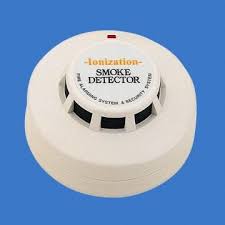
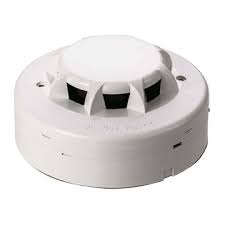
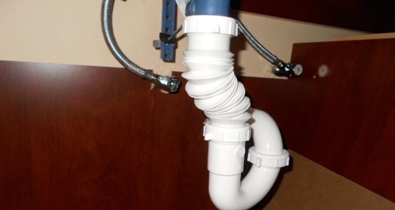
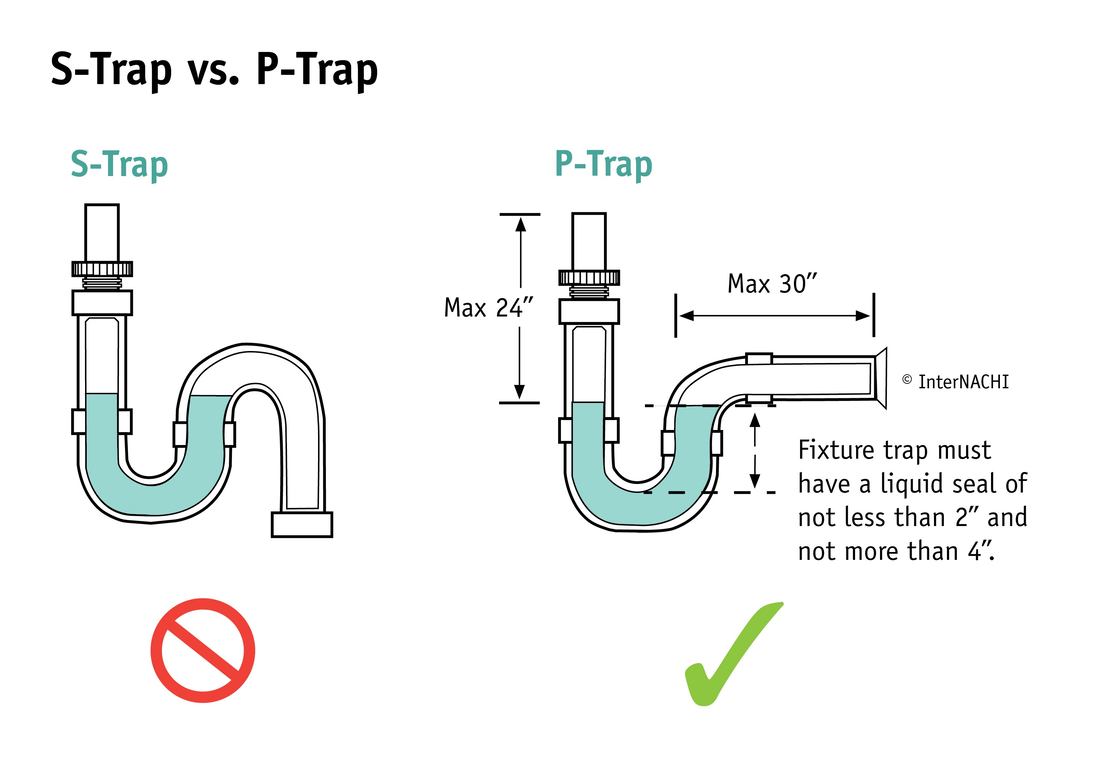
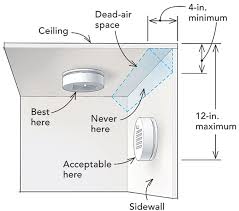
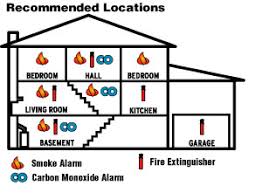


 RSS Feed
RSS Feed